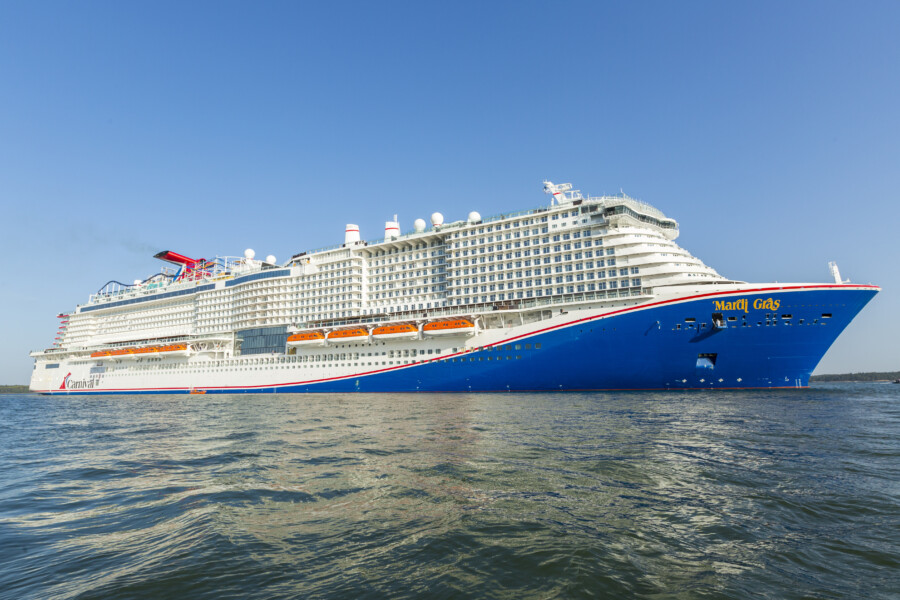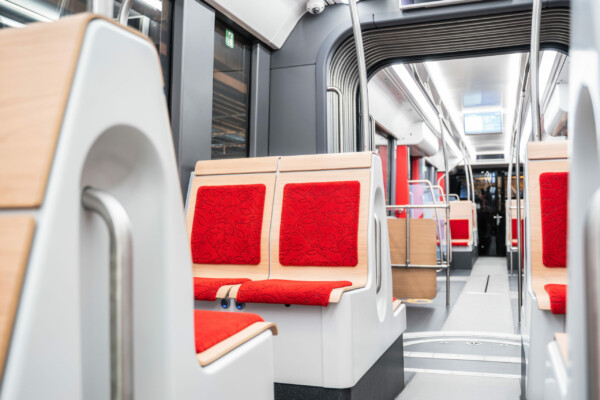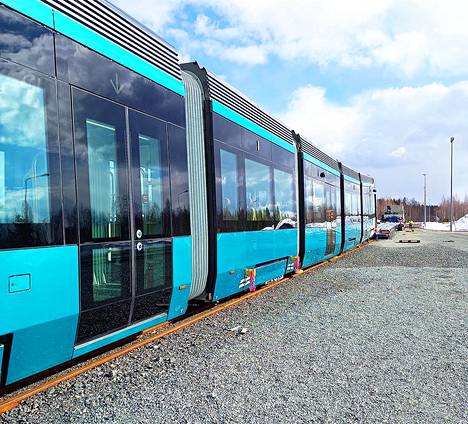A composite is a combination of two or more materials working together while not dissolved or fused. The process is easy to use, allows for lightweight but durable end products, and gives great design freedom. A testament to this is the most imaginative applications of composite materials, from recreational vehicles to racing cars and from amusement park rides to spaceships.
– Composites can be used to create more complex and challenging surfaces than traditional materials – even without additional structures made of other materials, says Arto Pitkämö, CEO of LICO Oy, a company specializing in composite solutions.
Composite materials have become increasingly common in the last few decades and, according to Pitkämö, are also being used in much more mundane applications than space shuttles. It may even come as a surprise how common composites actually are.
– They are used to make skis, poles, and ice skates, for example, and now even bicycle frames are often made of composite materials. The building products industry also uses composites to a reasonable extent, so public spaces, workplaces, and homes can feature a lot of solutions made from them, says Pitkämö.
Applications of composite materials cover land, sea, and air
One of the most common applications for composites is in various means of transport, such as cars, trains, aircraft, as well as boats and ships. Pitkämö explains that composites are often used in transport vehicles as structures that add shape and properties.
– They can, for example, reduce air resistance, increase load-bearing capacity, and simultaneously lighten and stiffen conventional structures.
In addition to their impact on mobility, composite materials are at least as important for other aspects of vehicle usability. LICO is a leading system supplier of composite solutions for transport equipment, enabling Pitkämö to state that composite materials are used in the surface solutions of virtually all public transport vehicles.
– We manufacture composite solutions for special vehicles, public transport vehicles, and even luxury cruise ships. Our production focuses on body and interior structures such as upholstery panels.

Composite materials endure and protect
The lightness, strength, and formability of composite materials offer a wide range of simultaneous benefits, but depending on the application, certain properties are often more pronounced. Pitkämö cites the example of the interiors of government and emergency vehicles, where composites allow for a range of solutions that support operations but also easy cleaning.
– The same is true for public transport vehicles, but the surface’s strength and durability are even more evident. Composite products retain their shape well and are highly resistant to the constant wear and tear caused by passenger flows, says Pitkämö.
The safety of composite materials also comes into focus, especially when transporting large numbers of people. As an illustrative but fortunately unlikely example, Pitkämö raises the issue of fire on a ship floating on isolated waters.
– In such a situation, it is important that the materials do not burn easily or at least do not produce toxic fumes when they do. Many composites both prevent and resist combustion well. Glass fiber is a particularly good material in this respect.
As far as safety is concerned, Pitkämö also mentions the insulating properties of composites, which are becoming increasingly important in an increasingly electrified transport sector. Since all metallic components conduct electricity, substitute composite solutions can reduce short circuits and conduction through the body, and better meet the needs of the changing automotive industry.
– Composites are also lighter than metals, so they can also improve energy efficiency, especially in electric vehicles, but of course with other motives as well, adds Pitkämö.


LICO cares for the applications of composite materials now and in the future
Pitkämö says that rubber-wheeled applications can be more typically met with standard composite solutions, while on tracks and on waterways, implementations need more ad hoc and customized design. The customer requirements that LICO encounters are typically very specific, particularly in terms of strength, ease of cleaning and safety. In some cases, for example, there has been a requirement of enabling the replacement of a particular part in as little as 15 minutes.
In addition to the technical requirements from the customer, implementations are also influenced by laws and regulations on material properties, which can sometimes drive the requirements at odds with each other, according to Pitkämö.
– In such a situation, it can be challenging to meet both the required standard and the customer’s needs. This is where our expertise in materials and implementation methods, as well as our experience in different applications, comes into play.
LICO is constantly developing composite materials and methods to meet the needs of its applications. For example, Pitkämö cites products where coating technology and material selection can already influence the hygiene of surfaces. Ecology also plays an important role for example in the form of research into plant-based reinforcements and matrix resins. At LICO, the stigma associated with plastics is recognized, but so is its strength.
– Although the use of plastic is typical in composites, fiberglass-reinforced plastic, or reinforced plastic, has such a long life cycle and little need for replacement that, depending on application it may be more ecological than biodegradable alternatives, Pitkämö points out.